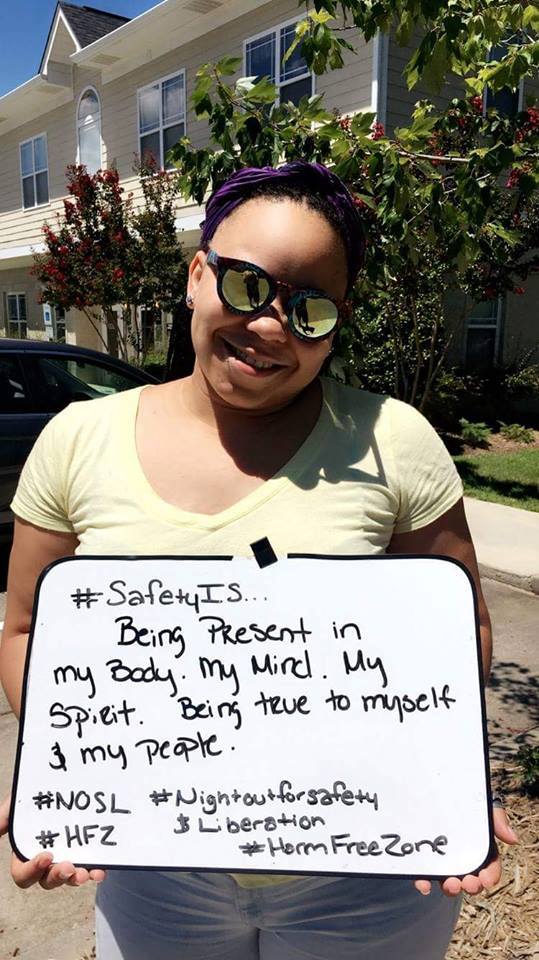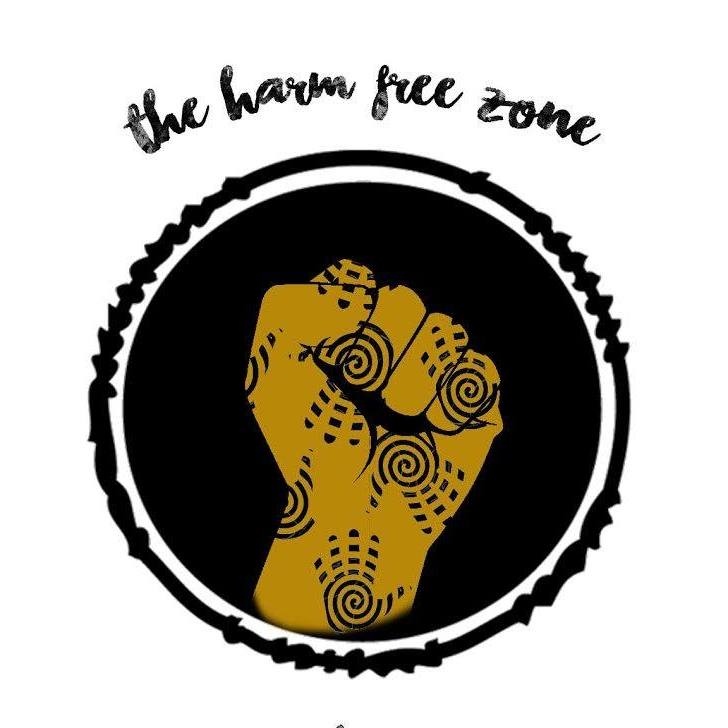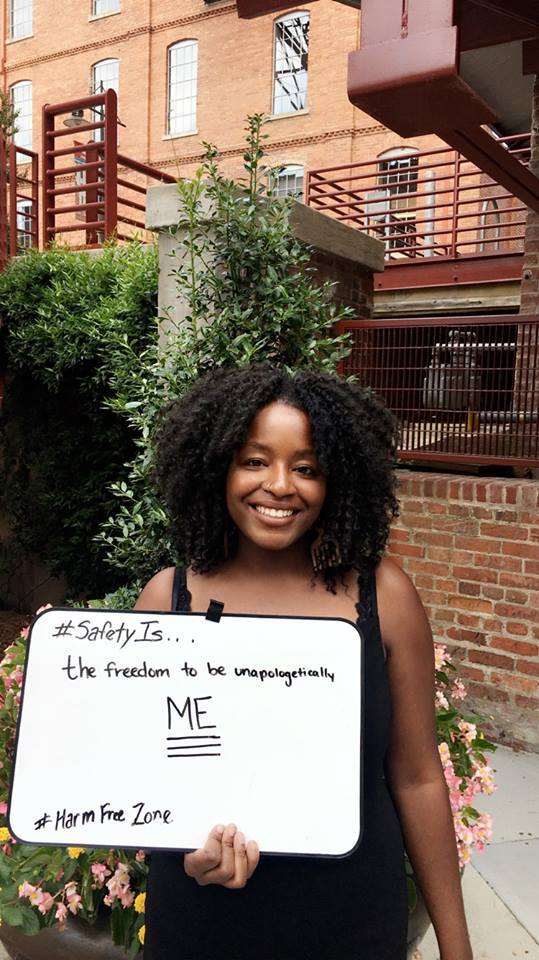The Harm Free Zone (HFZ) supports a community-centered vision that helps us repair the damage of racism, and the oppression of poor people of color by providing tools and trainings to both strengthen and develop our capacity to prevent, confront and transform harm. The Harm Free Zone emphasizes independent and self directing community autonomy as a necessary step towards creating shared collective accountability strategies and practice.
The goals of the Harm Free Zone include:
Uncovering and restoring intervention practices, existing within distinct communities, to prevent or intervene in incidents of interpersonal conflict and state violence.
Fostering intergenerational reciprocity within our communities.
Creating community driven practices and policies that center the health, safety, and sustainability of our most vulnerable people.
Increasing civic participation of disenfranchised, community members directly impacted by poverty, criminalization, and the war on drugs.
Reducing and eventually eliminating community reliance on law enforcement
Conditions necessary to create a Harm Free Zone include:
Community investment—commitment to the past, present and future of the community.
Ongoing democratic dialogue—shared power and decision-making, and an appreciation for difference within the community.
Systemic analyses of oppression—evolving and inclusive critical analyses that does not place rank or hierarchy on oppression.
Agreed upon principles and practices—community-specific, integrating the history and cultures of its members.
Clear boundaries and roles—stated and respected limitations, rotating positions of power.
Vision and hope—desire for liberation, a belief that fundamental social change is possible.
Harm Free Zone Components include:
Leadership Development, Community Education, Collective Action
Transformative Justice Training
Documentaries, Discussions & Book Studies
Campaigns and Direct Action















